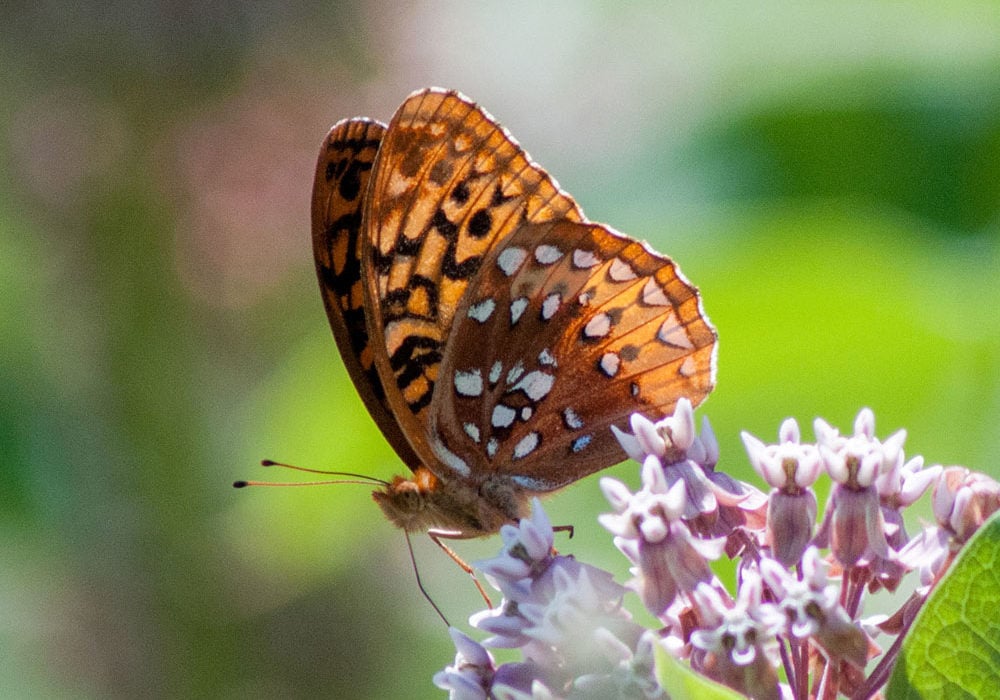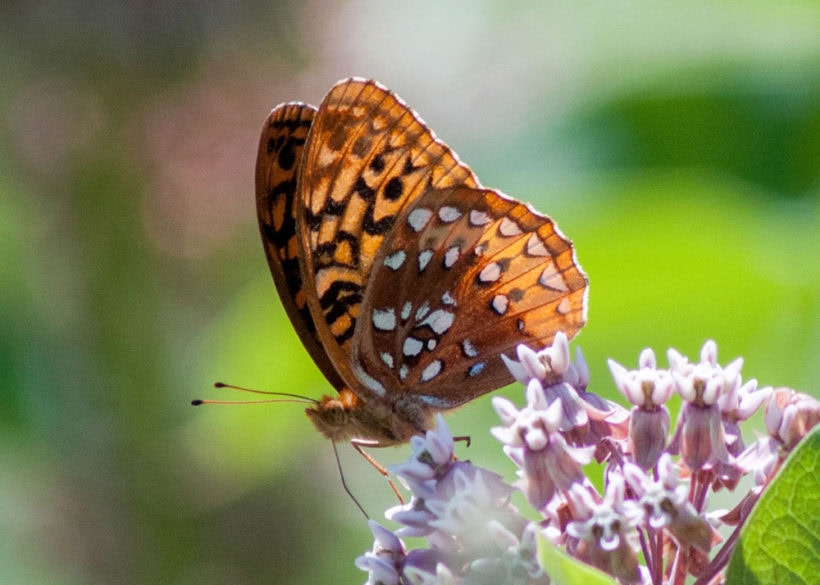What’s all the Buzz about Pollinator Pathways?
By turning even the smallest of available green spaces like flower boxes and curb strips into native plant gardens, communities are creating ‘stepping stones’ for pollinators between larger habitat patches.

What is a Pollinator Pathway?
Pollinator Pathways are designed to connect pollinator species in developed areas with the resources they rely on to survive. In a fragmented landscape defined by parking lots and manicured lawns, pollinators like hummingbirds, bees, and butterflies can have a difficult time finding food and shelter. By turning even the smallest of available green spaces like flower boxes and curb strips into native plant gardens, communities are creating ‘stepping stones’ for these species between larger habitat patches.
Why do we need them?
Aside from their inherent value, pollinators are critical to our own survival. They are the reason we have food to eat. You’ve heard of the honey bee, but have you heard of the Kincaid’s cellophane bee or the willow mining bee? New York State is home to over 450 wild pollinator species, including hummingbirds, butterflies, beetles, and more. These small but mighty workers support the state’s more than seven million acres of agricultural land, pollinating local favorites like apples, berries, and pumpkins. In addition to their agricultural services, native pollinators support a healthy and biodiverse environment. Their importance cannot be overstated.
Despite their value, pollinators suffer from a multitude of anthropogenic stressors that have caused managed populations in the state to decrease by more than 50% over the past several years. Wild populations have suffered as well, but these declines have been harder to track without adequate baseline measurements. Pathogens, pesticides, habitat loss, and a lack of genetic diversity are just a few of the most pressing issues these species face. When habitat is fragmented by roads, buildings, parking lots, and other developments, pollinators lose access to basic resources. Fragmentation also causes populations to become isolated, decreasing genetic diversity and increasing the population’s susceptibility to disease. Pollinator Pathways are designed to bridge these gaps in order to sustain healthy populations.
Where are they?
Several communities in Westchester and Fairfield counties have already established their Pathways and are now working to make sure they are well managed in the long-term. Among New York towns, Pound Ridge is connecting their community to local ecology through their Pound Ridge Pollinators Patches and Pathways Project, while the Norwalk Pathway continues to grow by leaps and bounds in Connecticut. Is your town working on a Pollinator Pathway? Find out here.
How do I get involved?
If your town is already designing its own Pollinator Pathway, consider contacting the lead organization for more information on making your own yard better habitat for native pollinators. Start by avoiding pesticides and other lawn chemicals that kill native insects. Next, find out which native plants suit your available green space and start planting! If your community does not yet have a plan, considering leading the charge. A bit of organization and healthy dose of enthusiasm are enough to kickstart a Pathway of your very own. Lastly, don’t forget about the kids! Teatown offers school field trips to Cliffdale Farm where children learn about pollinators through interactive games and observation. For more information on starting a Pollinator Pathway in your town, click here.
Pancake Brunch
Bring your appetite for our tastiest annual tradition—the Pancake Brunch. Start your day off with stacks of hotcakes and maple syrup, hot coffee, sausages, and more. Then visit Warren’s Sugar House to watch a demonstration about how our ‘liquid gold’ is produced. For everyone.
To register, call 914-762-2912 x110.



